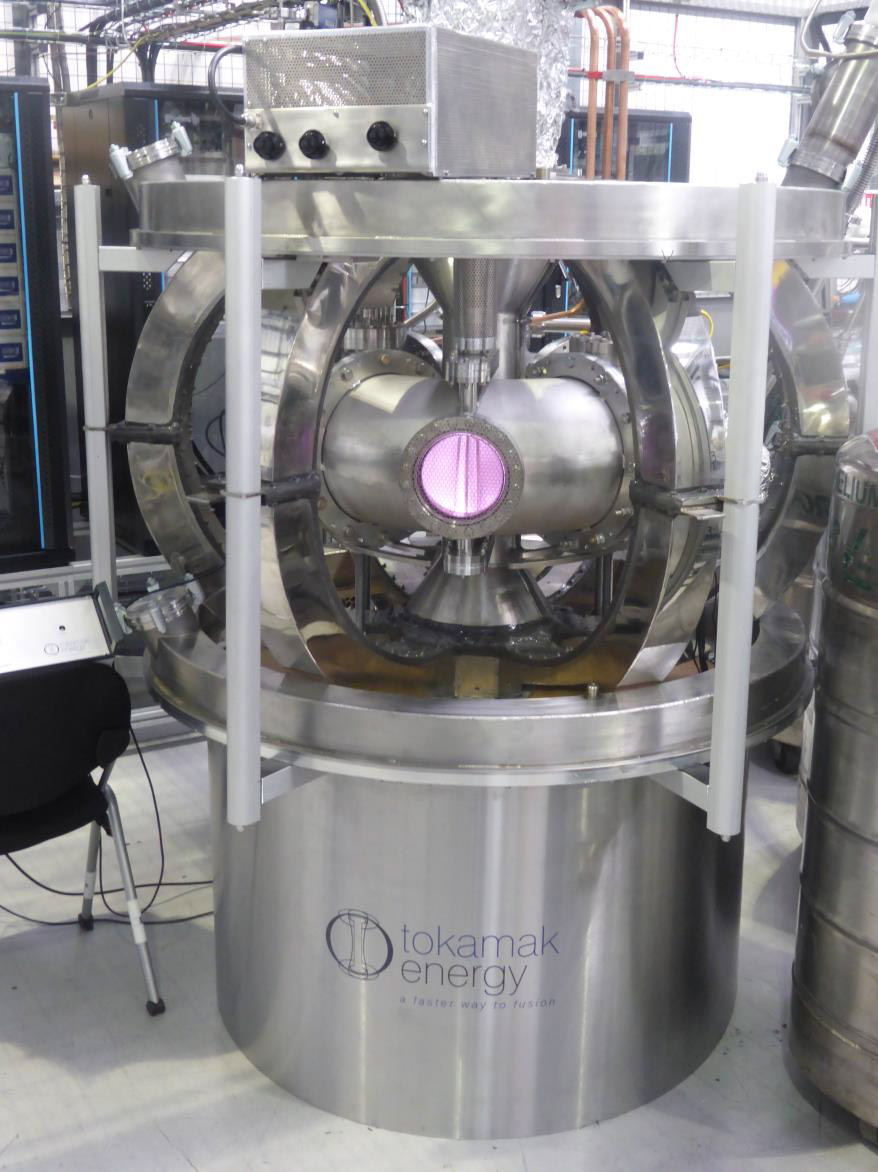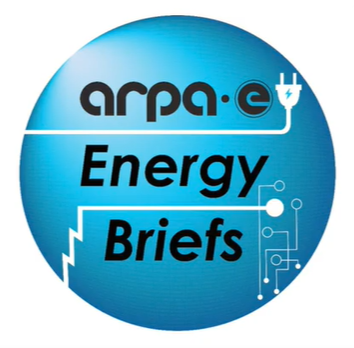Gates highlights nuclear’s role in fighting climate change

Gates
Bill Gates is making the media rounds to promote his new book, How to Avoid a Climate Disaster: The Solutions We Have and the Breakthroughs We Need, which was released on Tuesday. Along the way, he’s been touting nuclear energy as part of his master plan for battling climate change.
60 Minutes: Gates kicked off the week with an appearance on 60 Minutes on Sunday. During the nearly 15-minute segment with correspondent Anderson Cooper, Gates discussed TerraPower, the company he founded in 2006 that is dedicated to nuclear innovation. “Nuclear power can be done in a way that none of those failures of the past would recur, because just the physics of how it's built,” Gates said, referring to TerraPower’s Natrium reactor. “I admit, convincing people of that will be almost as hard as actually building it. But since it may be necessary to avoid climate change, we shouldn't give up.”




 The Department of Energy’s Advanced Research Projects Agency-Energy (ARPA-E) is at work developing and demonstrating novel energy technologies and connecting those technologies with private-sector investors. The researchers and innovators behind ARPA-E want to tell you all about it in a series of “Energy Briefs” available through the agency’s
The Department of Energy’s Advanced Research Projects Agency-Energy (ARPA-E) is at work developing and demonstrating novel energy technologies and connecting those technologies with private-sector investors. The researchers and innovators behind ARPA-E want to tell you all about it in a series of “Energy Briefs” available through the agency’s